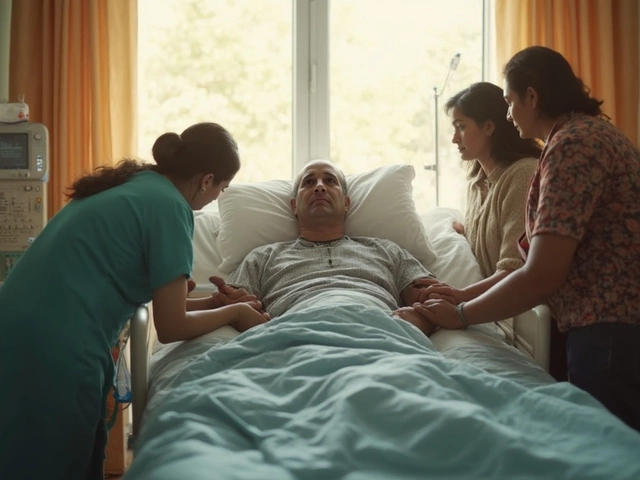Explore the most treatable mental illnesses with practical tips, real-world facts, and recovery stories. Learn what makes certain conditions easier to treat and how to take action.
Read MoreMost Treatable Mental Illness: What You Can Fix Quickly
If you’re wondering whether a mental health problem can get better, the answer is often yes. Many conditions respond well to therapy, medication, or lifestyle changes. Knowing which disorders are most treatable helps you focus on the right steps, cut through confusion, and start feeling better faster.
Why Some Conditions Are Easier to Treat
Conditions like mild depression, anxiety disorders, and certain stress‑related issues have clear treatment paths. They show up with predictable symptoms, and doctors have plenty of tools—cognitive‑behavioral therapy (CBT), short‑term medication, or simple habit tweaks—to address them. Early intervention makes a big difference; the sooner you start, the smoother the recovery.
Other mental health problems, such as severe bipolar disorder or schizophrenia, need longer, more complex care. That doesn’t mean they can’t improve, but they usually require specialist input and steady monitoring. For a tag page focused on the most treatable illnesses, we keep the spotlight on those that typically see noticeable improvement within weeks to months.
Practical Steps to Manage Common Treatable Disorders
1. Identify the symptoms. Write down what you’re feeling—low mood, racing thoughts, constant worry, trouble sleeping. Seeing a pattern helps a professional pinpoint the condition.
2. Reach out for a short assessment. A primary care doctor or a licensed therapist can give a quick diagnosis. Many clinics offer a single‑session screen for anxiety or depression at low cost.
3. Try evidence‑based therapy. CBT is proven for both anxiety and mild to moderate depression. It teaches you to challenge negative thoughts and replace them with realistic ones. Sessions are usually 45‑60 minutes, once a week, and you’ll notice changes after a few meetings.
4. Consider medication when needed. Antidepressants or anti‑anxiety meds are most effective when paired with therapy. Start with a low dose, follow up with your doctor, and give it 4‑6 weeks to work.
5. Add lifestyle habits. Regular walk, balanced meals, and enough sleep boost brain chemistry. Even 20 minutes of brisk walking three times a week can lower anxiety scores.
6. Track progress. Keep a simple journal of mood, sleep, and stress levels. Seeing improvement on paper motivates you to stay on track.
Most treatable mental illnesses improve when you combine professional help with small daily actions. Don’t wait for the problem to grow—ask for an assessment today and start the plan that fits your life.
Remember, feeling better is possible. With the right tools and a bit of patience, many common mental health challenges can become manageable, letting you enjoy a calmer, more balanced life.





